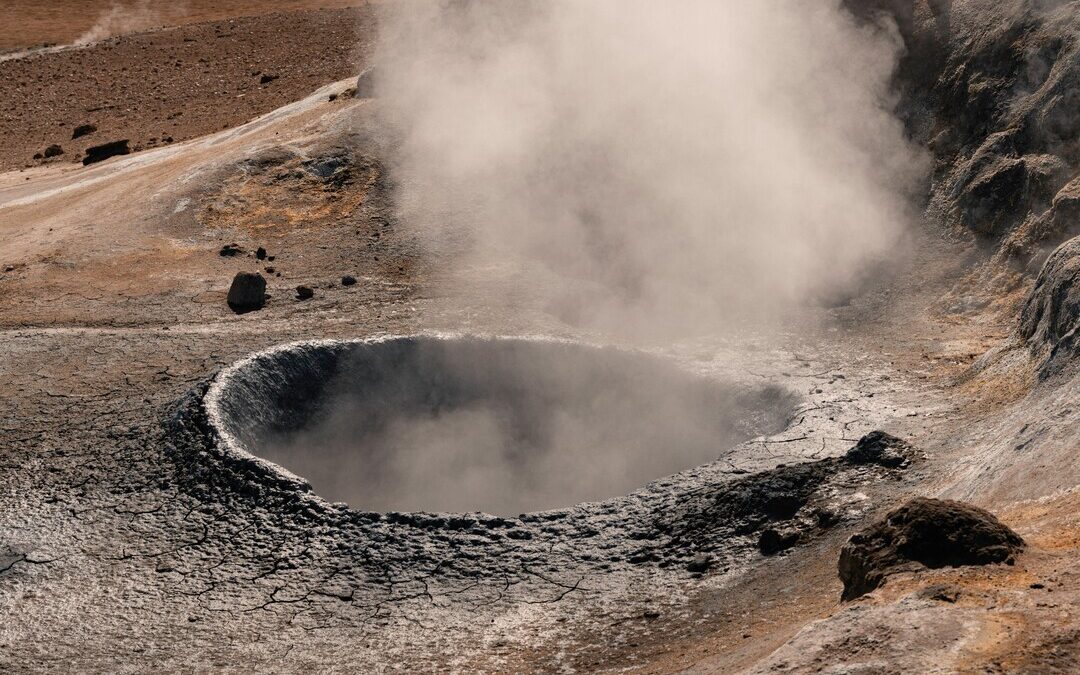Earth’s Crust May Hold Hydrogen Equal to 170,000 Years of Oil Use: Study
New study reveals Earth-generated hydrogen could rival fossil fuels in energy potential and emissions reduction.
The Earth’s continental crust may have generated enough natural hydrogen over the past billion years to equal the energy content of 170,000 years of today’s global oil consumption, a new scientific review has found.
However, researchers warn that the bulk of this hydrogen has likely dissipated into the atmosphere or been consumed underground, and it is still unknown whether enough remains in economically viable concentrations.
The findings, published in Nature Reviews Earth & Environment on Monday, present natural hydrogen as a potentially significant — and vastly underexplored — clean energy source.
The study, led by geochemists from the University of Oxford and a global team of collaborators, outlines the mechanisms by which hydrogen can accumulate naturally within the Earth’s crust, primarily through water–rock reactions and the radiolysis of water by radioactive elements such as uranium, thorium, and potassium.
The processes occur over geological timescales — thousands to hundreds of millions of years — and have generated vast but largely undocumented amounts of hydrogen.
If trapped in subsurface reservoirs, this hydrogen could offer a new pathway toward low-carbon energy, especially for hard-to-abate industrial sectors.
“Over the last billion years, the Precambrian continental crust alone could have generated hydrogen equivalent to 170,000 years of modern oil use,” wrote Chris J. Ballentine, lead author of the study. “However, it is not known how much of this hydrogen has been preserved in societally relevant accumulations.”
Low Emissions and Competitive Costs, But High Uncertainty
Natural hydrogen systems, unlike fossil fuels, would require minimal surface energy input and could emit as little as 0.4 kg of carbon dioxide per kilogram of hydrogen produced — significantly lower than fossil-fuel-based “grey” or “blue” hydrogen, and even less than some renewable-powered “green” hydrogen systems.
Early exploration efforts, such as at the Bourakebougou field in Mali, have yielded promising results, with hydrogen gas measured at over 97 percent purity.
Yet the absence of consistent sampling, lack of regulatory frameworks and uncertainty around subsurface gas dynamics make large-scale development a major technical and economic challenge.
Estimated production costs for natural hydrogen range from $0.5 to $1 per kilogram — cheaper than blue hydrogen, which is about $1.5–$4 per kg and green hydrogen from $2.5–$6.5 per kg, though peer-reviewed economic assessments are still lacking.
Mapping, Modeling and Measurement
The study cautions that natural hydrogen should not be viewed as a renewable resource, given the non-replenishing nature of geological hydrogen systems on human timescales.
Successful extraction depends heavily on identifying the right combination of hydrogen-rich rock formations, water availability, and geological traps that can preserve the gas over millions of years.
The authors call for urgent investment in geophysical detection technologies, improved thermodynamic modeling and interdisciplinary field studies to assess where and whether natural hydrogen can be harnessed to support the global energy transition.
Nirmal Menon
Related posts
Subscribe
Error: Contact form not found.


